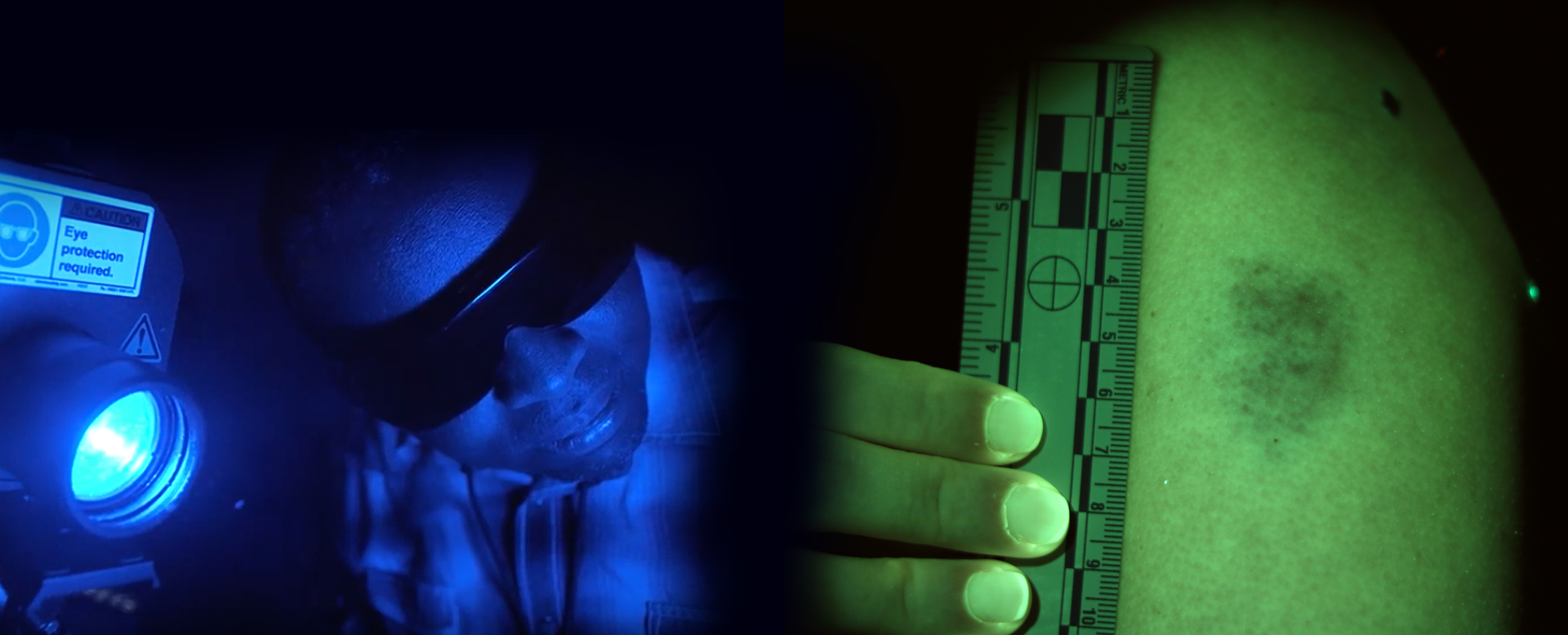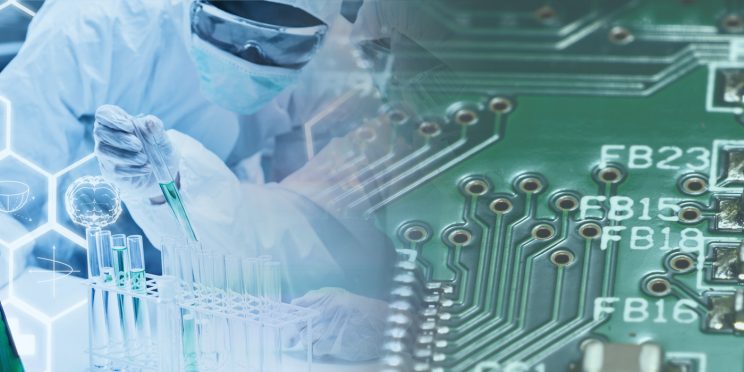This webinar originally occurred on October 30, 2019
Duration: 1 hour
Overview
Bruising is one of the most common types of soft tissue injury noted on victims of violence, including those suffering intimate partner violence, sexual assault, child abuse, and vulnerable adult abuse. The accurate forensic identification and documentation of these injuries are essential, not only for the victim’s medical treatment, but also as vital evidence for the criminal justice system. Unidentified injuries can lead to a disparity in the forensic investigation of certain victims, particularly those who have darker skin color or delay seeking treatment. Clear documentation of injuries can support more successful prosecutions and victims who are more likely to engage in the criminal justice process.
The Department of Justice has recommended the use of alternate light to enhance bruise visualization. However, the technology has yet to be widely adopted in forensic examinations of violence victims likely due to 1) a knowledge deficit of the science behind alternate light among practitioners and 2) a dearth of research supporting its use. In this webinar, we reviewed the science of alternate light and bruising in ways readily usable for multiple disciplines for end-user testimony. We then presented the major findings of a recently completed National Institute of Justice funded, multi-site, randomized controlled trial in which alternate light was compared to white light in the detection and visibility of inflicted bruises. This study’s findings demonstrate using alternate light improves the detection of bruises and provides a clinically meaningful improvement in how clearly those bruises are perceived. Focused attention was given on skin color and other factors which were found to impact alternate light wavelengths performance. Finally, recommendations for clinical application and medico-legal interpretation were discussed, including forensic photography. Alternate light is a practitioner-driven technology and has the potential to be a reliable, cost-effective, and rapid method to identify potential bruises in a variety of settings.
Detailed Learning Objectives
- Describe alternate light, its characteristics, and its behavior in response to potential bruises.
- Summarize the available research, including a recently completed study, on the effectiveness of alternate light as a tool for improving bruise detection.
- Recognize considerations for the clinical application of alternate light, particularly in the areas of forensic photography and medico-legal interpretation.
Presenters
- Dr. Katherine Scafide
- Dr. Daniel Sheridan
Funding for this Forensic Technology Center of Excellence webinar has been provided by the National Institute of Justice, Office of Justice Programs, U.S. Department of Justice.
The opinions, findings, and conclusions or recommendations expressed in this webinar are those of the presenter(s) and do not necessarily reflect those of the U.S. Department of Justice.
Contact us at ForensicCOE@rti.org with any questions and subscribe to our newsletter for notifications.




